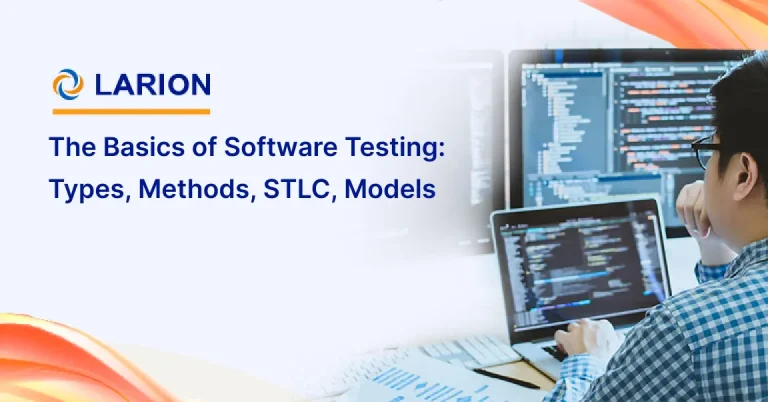With advances in information technology, information systems development is moving toward a high degree of customization, which has resulted in increasingly complex software projects. Capability maturity model integration (CMMI) is a commonly used software process improvement (SPI) method that is intended to provide a common framework to support the integration of specific capability maturity models into different areas of expertise. This framework provides systems and software engineering processes to support the guiding principles of the organization implementing the integration. CMMI adoption is an important investment for a software company to ensure service/product quality and to enhance competitiveness (Bower & Walker, 2007; Chrissis, Konrad, & Shrum, 2003). The CMMI framework aims to improve the processes and results of highly structured, large, and complex projects and represents an important organizational change activity (Niazi, Wilson, & Zowghi, 2005a); its adoption involves business strategy, leadership, business culture, and information technology (Geoghegan & Dulewicz, 2008; Oza, Hall, Rainer, & Grey, 2006). A software development process can become applicable to enterprises only in relation to organizational change. Exploring CMMI adoption is thus a complex topic that involves change management (Niazi et al., 2005a; Ramanujan & Kesh, 2004).
When exploring organizational change, it is important to grasp the before-and-after context and the time course of the proposed change (Pettigrew, 1985). Traditional organizational change investigations have primarily focused on analyzing a single perspective, such as a leader’s behavior, the work design, or knowledge creation (Cowan-Sahadath, 2010; Rehman, 2011; Tarasovich & Lyons, 2011). Less attention has been paid to the views of organizational communities during the process of adopting the change (Goksoy, Ozsoy, & Vayvay, 2012; Tarasovich & Lyons, 2011). Studies have also ignored the interaction between the before-and-after context and the time course of the change (Buchanan et al., 2005; Pettigrew, 1985). To conduct a more systematic organizational change analysis and to clarify the complex relationship between events, there must be an analytical framework with which to explore the context of CMMI adoption. Although previous CMMI adoption process studies have explored critical success factors (CSFs) (Niazi, Wilson, & Zowghi, 2005b), discussed the software development process from the SPI perspective, or identified CMMI certification specifications (e.g., Coleman & O’Connor, 2007; Hsueh, Shen, Yang, & Yang, 2008), few studies have explored change from an organizational perspective, and even fewer have considered the relationship between the CMMI adoption time course and the activities of organizations and employees.
Activity theory is a theoretical framework that utilizes human activities as the basic unit of psychological analysis to study the interaction between human psychological development and social factors (Vygotsky, 1978). Engeström (1987) incorporated a general model as an expanded activity theory into a triangle model that incorporates the subject, object, and community components; tools, rules, and the division of labor were added to the triangle model as mediators that reflect the collective and collaborative nature of human activity. The activity triangle model has prompted the genesis of a research method that investigates the mediated relationship between subject, object, and the community, and reflects the collective and collaborative nature of human activities. Activity theory has also been employed as the theoretical background in discussing education, digital learning, job design, and organization learning fields (Aalst & Hill, 2006; Karasavvidis, 2009; Liaw, Hatala, & Huang, 2010) and is useful in analyzing the phenomenon of employee–organization interaction (Engeström, 1999, 2000). Grounded in activity theory and focusing on the activities of organizational members, this study explored organizational change during CMMI adoption while considering employee–organization interaction to understand the context and implementation of change. In revising activity theory, this study provided a “multi-faceted research orientation” and incorporated reorganizing artifacts; in other words, it sought to understand the cooperation of subject, object, and community within the time dynamic (Mwanza, 2001), which resulted in the modified activity theory (MAT) that is proposed in this study.
The subject of study was a representative software company (“A”) in Taiwan. The investigation was performed after a two-phase CMMI adoption consisting of CMMI maturity level 2 (ML2) and maturity level 3 (ML3). Comparing the change events in the two phases was the analytical basis for the case study. The modified activity theory model that included the time course enabled the study of CMMI adoption in the time and space of the organization and society, which showed the connection of related factors in time and space and clarified the before-and-after relationship and related activities of the events. Thus, the purpose of this study is to perform a systematic framework analysis based on MAT, complemented by a dynamic time axis to explore the change activities during CMMI adoption in a software company, and to summarize the implications of the changes for practitioners and academics.
The remainder of this study is organized as follows: In the first section we review previous studies on CMMI and organizational change; the second section describes activity theory; the third section explains the research methodology; the fourth section describes the case study; the fifth reports the findings; and the sixth and final section presents a discussion and the implications of our study.
Related Article:
http://www.pmi.org/learning/library/change-management-activity-theory-perspective-3795




